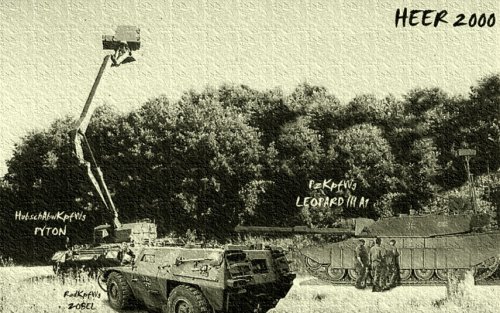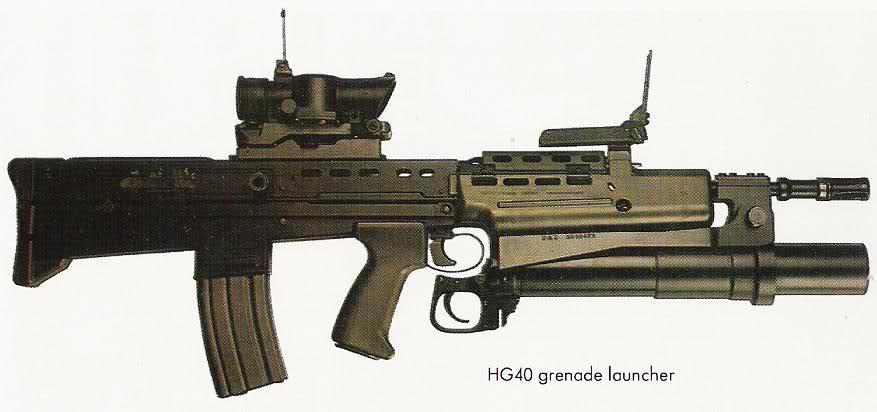F-14D said:
...When postulating about how today would look if the Cold War kept going, you've got to take into account what the "other side" would be doing. In some areas they were making great progress For example, the new Yasen class subs, Severodvinsk and Kazan being the first two, that have us so concerned were actually designed in the late '80s for deployment in the mid '90s. What would our navies look like if we had to contend with say, 10 of these boats at sea?
Certainly
Sea Lance and probably eventually
Deep Lance [
RUM-125 &
UUM-125] would have been deployed by the USN. The USN's 'heavy' torpedo program (originally intended as part of the
Seawolf's armament) would have likely been reactivated. With regards as to the
Seawolf class itself, at least 12 of the class would have made it into service. The
Centurion program (what became the
Virginia class SSN in OTL) would have probably led to a much different outcome. With both a heightened threat and much different economic conditions (e.g. the Soviet Union hasn't fallen, oil prices don't begin a mostly downwards trend), we could well see the start of a full scale program to develop a FFGN. The
P-7 program and likely the
SV-22 would have gone ahead. Also the Navy's efforts to develop a satellite to detect and nuclear submarines via their reactor's neutrino emissions would have continued.
For the Royal Navy,
Super Ikara development and deployment would have likely been fully funded.
Staff Requirement (Sea) 6646, calling for the procurement of 66 examples of what was to become the
Merlin HM.1 would have been unchanged.
Type 23 frigate procurement plans could have seen a modest increase. On a more extreme note, the nuclear armed
Tigerfish (
Mark 24-Mod-1-N) might well have been sanctioned!
JFC Fuller said:
RN: Probably a fleet of 18 SSNs, 8-10 SSKs, 50 frigates/destroyers and 3 carriers. There is no real reason to think T45 would have looked any different though the Astute would be the W-class and built much earlier, but may or may not have ended up looking very similar. I suspect the carriers would have come out a bit smaller 40-50,000 tons but with a better radar and self-defence outfit (perhaps full Sea Viper) but there probably would have still been three of them. With 24 Type 23s constructed the RN would then have been looking for a Type 22 replacement which would probably not have been that much different from the Type 26 of today (aside perhaps from the mission bay).
The
Asute Class and
Type 45 would have not existed in this alternate timeline, at least not as we know them. An
A-Class might exist as a
Vanguard class based SSGN (studies were underway as of 1992), while the
Horizon destroyer might have been given the 'Type 45' designation in RN service (12 of the 'Samson' variant). There is evidence to suggest that the Horizon effort would have been formed even with a successful NFR90 program.
An artists impression of the RN "Sampson" Variant of the Horizon Destroyer issued in 1996 (Naval Matters website)
Going back to the Soviet naval threat, it wouldn't have just been the
Yasen class that NATO would have to worry about. For example the fifth unit of the
Kirov class would have not been cancelled, along with the last four units of the
Slava class cruiser (increasing the size of that class to 8). Even worse, a 'revived' Soviet Union might have been able to find the resources for at least two more Kirovs. The
Ul'yanovsk CVN (eventually joined by her sister) would have entered service, along side the three units of the
Tbilisi (Kuznetsov) class carriers, with all that implied. (The
Freestyle, whenever it reached service would also been a major headache, giving the existing V/STOL carriers a far greater punch.) The
Project 11990 Anchar DDGN would have been built in some numbers to help protect the new carriers. At least seven examples of the
Neustrashimyy class frigate would have been completed, probably more (20+?). The
Sierra III class SSN would have been built in numbers (2-3 at least). A large scale production version of the
Mike SSN, with the originally planned reactors, is quite possible in this timeline. With Gorbachev gone, so would probably be things like the INF treaty, meaning that a new SSGN class armed with the
SS-N-24 could also be expected to proceed. The seventh
Typhoon SSBN would have been completed, along with further examples.
In this alternate timeline, the "reasonable sufficiency" and "defensive doctrine" policies would have been discredited with Gorbachev's fall. In the case of the Soviet Navy this would mean that efforts to regress it from a Blue-water force to a slimmed down Green-water navy would be dropped and that the Navy would be more assertive (and aggressive) worldwide than it been under Gorbachev. Feeding into this would be new units such as the
Project 1077 Squadron Radar Picket Ship and
Project 1080 ballistic missile cruiser.
uk 75 said:
...A more aggressive Soviet Union might have pushed the West in areas like South Africa where it was out of step with local freedom fighters. Mandela would have received continued East Bloc backing and civil war intifada style would have come to Southern Africa. Mugabe would have shown his anti-West credentials sooner...
To better support their 'fraternal allies', the Soviets might even have finally gotten around to building shelved projects like
Project 717:
[IMAGE CREDIT: GlobalSecurity.org]













